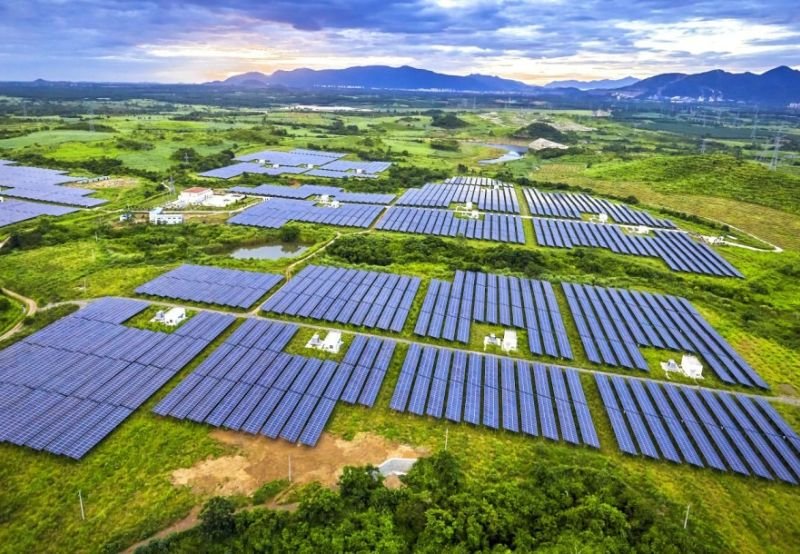India’s Solar Boom Continues with Rooftop Expansion Plans
India’s renewable energy sector has achieved a new milestone, with July 2025 being a remarkable month. The highlight of the month was the announcement by Union Minister Pralhad Joshi of a utility-led program under PM Surya Ghar: Muft Bijli Yojana. This initiative aims to include households without rooftop space in the solar energy revolution, potentially making India’s rooftop solar a mainstream phenomenon.
Democratizing Rooftop Solar
Not everyone has the perfect sun-drenched roof, and the new scheme addresses this challenge head-on, enabling more people to benefit from solar energy. With 1.72 million rooftop systems already installed under PM Surya Ghar, the scale is undeniable. However, the question remains whether utilities can successfully implement this program without diluting incentives for existing adopters, who have been driving India’s solar power growth.
Beyond Grid Parity
Remember when achieving grid parity was the holy grail? Now, the focus shifts to accessibility. The program’s utility-focused model echoes successful experiments like California’s community solar projects but with a tailored approach for India. Skeptics questioning costs should consider that residential solar pays back in 3-5 years in most states, even without subsidies, making solar energy an attractive option for many.
The Battery Conundrum
No discussion of distributed solar is complete without mentioning storage. Products like Tesla Powerwalls and Luminous inverters are already popular among early adopters. As more households join the solar revolution, Distribution Companies (DISCOMs) will need to upgrade infrastructure to handle bidirectional flows efficiently, and net metering policies may require a refresh to accommodate the growth in solar adoption.
What’s Next for Installers?
For solar professionals, this expansion spells opportunity, albeit with caveats. Simplified permitting processes, such as Gujarat’s 24-hour approval portal, and financing tie-ups could make or break adoption rates. One thing is certain: those clinging to diesel gensets as backup are fighting a losing battle as solar manufacturing in India continues to grow.






